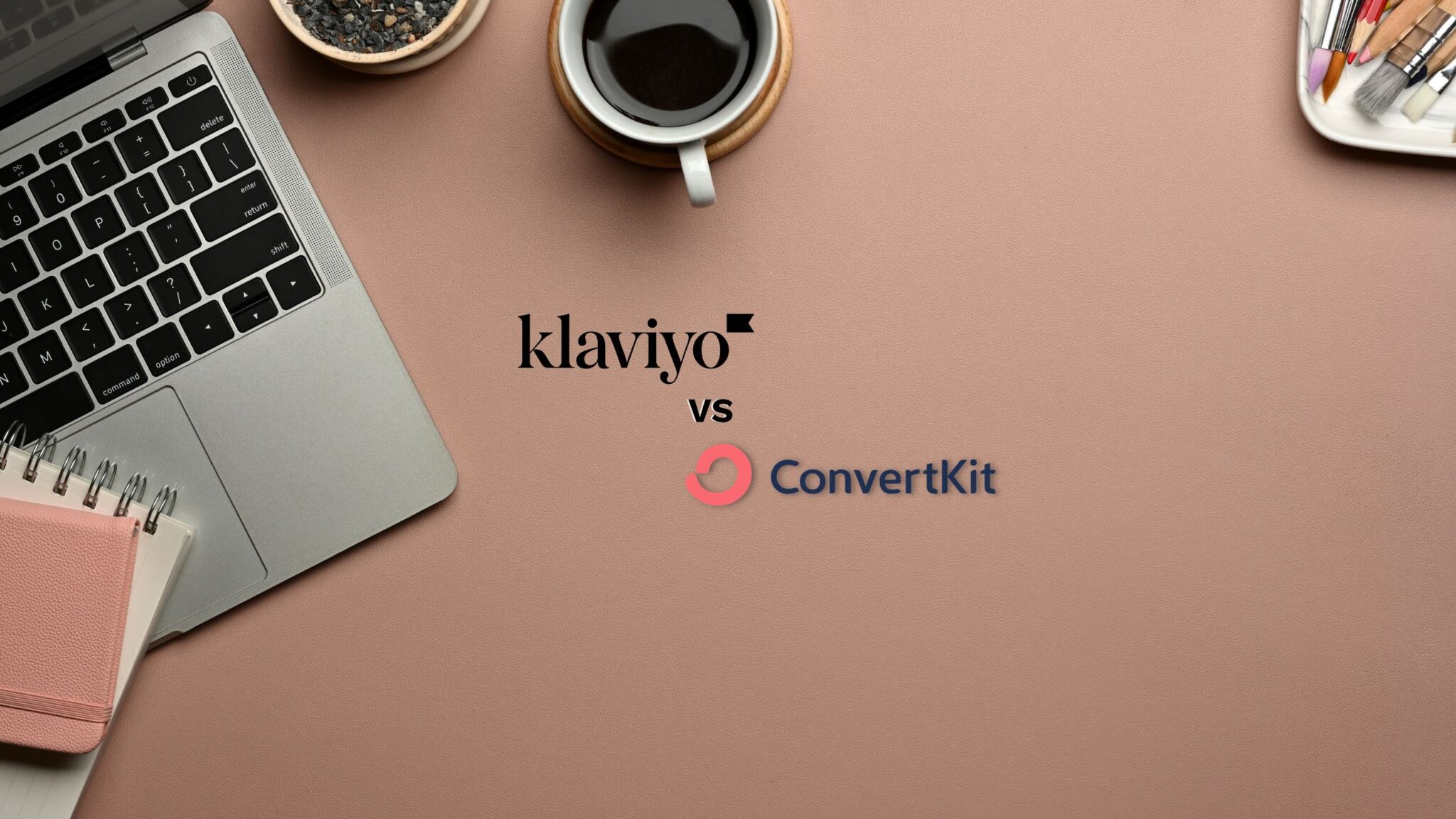The truth is, all customers do not offer equal value to your business. But, how do you estimate how valuable a customer is?
We have a simple customer lifecycle value formula to help you arrive at the answer you need.
You see, your customer lifecycle value is an essential metric for measuring customer loyalty to your brands. But, beyond that, it also acts as a guide to help you decide how much to invest in customer retention efforts for specific customers.
Remember, retaining your existing customer is less expensive and usually more profitable than acquiring new ones. Therefore, ensuring your customer lifecycle value should be every business’s goal.
Pro Tip? A high CLV translates to more loyal customers.
But, what does your customer lifecycle value mean, and how do you calculate it? Keep reading to discover these answers and more.
What is Customer Lifecycle Value?
Customer lifecycle value is the total profit a company can earn from customers through their patronage of your brand. Another way to look at CLV is the estimated amount a customer is likely to spend while in a relationship with your business.
In other words, this metric attempts to use numbers to describe how much a customer is worth to your business.
But, what exactly is the significance of knowing a customer’s lifecycle value?
Why Do You Need to Calculate Your Customer Lifecycle Value?
Before we walk you through the customer lifecycle value formula, let us examine why every business needs to calculate this metric.
1. It improves your customer retention strategy
Calculating your CLV allows you to identify the most loyal customers to your brand. Not only are these customers likely to buy from you more frequently, but they’ll also be reliable brand ambassadors.
So, you can do more specific targeting for your customer retention marketing to try and keep their businesses with you.
2. It guides your customer appreciation efforts
Since not all customers offer your business the same value, it makes sense that you should reward some more than others. So yes, you should appreciate all your customers. After all, you’re in business because of them.
But, it is an excellent idea for your customers with the highest CLV to send some more appreciation their way. Appreciation emails, special offers, and discounts are great places to start.

3. It helps you acquire ideal customers
When you know the CLV of your customers, you can pick out the ones with the highest CLV. By studying their characteristics, you may be able to come up with a pattern of similar qualities.
Then, you create a marketing strategy that targets customers with similar characteristics and high CLV using this data.
4. It optimizes your marketing efforts and improves your ROI
Knowing which clients are the most important to you allows you to prioritize your customer relationship management efforts.
In other words, you can spend more money where it will be most effective, which translates to better returns on your marketing campaign.
That said, let us dive into the customer lifecycle value formula and how it works.
Calculating Your Customer Lifetime Value: What You Need to Know
Before calculating the customer lifecycle value, you need to know several variables:
- The Average Purchase Value: divide the total amount of purchases over time by the total number of transactions made in that period.
- Average Purchase Frequency: divide the number of purchases during that period by the number of individual customers who made purchases around that time.
- Customer Value: multiply the average purchase value by the purchase frequency made on an average.
- The Average Customer Lifespan: the average amount of time a client purchases from you.
Once you have all these numbers, you will need to insert them into the customer lifecycle value formula.

The Customer Lifecycle Formula
The customer lifecycle value formula is relatively straightforward:
Customer Lifecycle Value = Customer Value x Average Customer Lifespan
Where:
- Customer Value = Average Purchase Value x Average Purchase Frequency
- Average Purchase value = Total Profit ÷ Total Amount of Purchases
- Average Purchase Frequency Rate = Number of Purchases ÷ Number of Unique Customers
- Average Customer Lifespan = Sum of Customer Lifespan x Number of Customers
For instance, a customer comes to eat at a restaurant three times a week. Each time, they spend $30 on each meal. There are 52 weeks in a year.
Using the customer lifecycle value formula,
Customer Value = 30 (purchase value) × 156 (purchase frequency) = 4,680.
Then Customer Lifecycle Value = 4,680 (customer value) x 1( customer lifespan) = $4,680.
Other Ways to Come up with Your CLV
Several other calculation methods can help you arrive at your customer lifecycle value.
Here’s one:
Customer Lifecycle Value = Lifecycle Value × Profit Margin.
However, you’d have to calculate the lifecycle value first in this case. You can do this by multiplying the average value of purchase, the average number of transactions, and the average retention period.
That is,
LV = Average Value of Purchase × Average Number of Transactions × Retention Period
So, to calculate your CLV, you will multiply the number of Lifecycle Value by profit margin. However, remember to add operation expenses when calculating.
Another option is this:
Average Transaction Size x Number of Transactions x Retention Period
Here, the average transaction is the average amount the customer spends every time they transact business with you.
On the other hand, the retention period is how long they stay in business with your brand.
And There You Have It
Hopefully, our customer lifecycle value formula helps you along the way to discovering your biggest buyers and your most loyal customers.
With this information, you can streamline your marketing efforts to ensure you get the best returns for your efforts. Your CLV calculations can also improve your profit forecasting, budget allocation for customer acquisition, and goal setting with your company.
Finally, don’t forget to show some appreciation to your top customers!
Further Reading
How to Choose a Software Specialized in Customer Lifecycle







